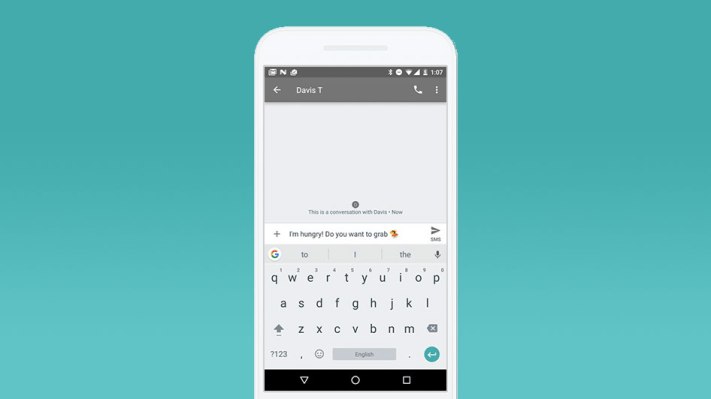Despite declining consumer interest in third-party keyboard apps, Google is continuing to develop Gboard, its alternative keyboard app for mobile devices. Today, it’s greatly expanding Gboard reach, with the addition of 20 more languages – including, notably, traditional and simplified Chinese as well as Korean. The new languages are arriving first on the Gboard app for Android.
The expansion follows yesterday’s news of the integration of Google search into iMessage through a new iMessage app extension. Combined with Gboard’s now broader reach, and various other updates that more tightly integrate Google search with Safari on iOS and more, it’s clear that Google is currently focused on making its search engine more accessible to mobile users, including those who may not have its Search app installed, or who don’t always think to use it.

With the 20 added languages for Gboard on Android, the app now support over 300 language varieties, Google says. That means it covers 74 percent of the world’s population. The company also notes it’s not just focused on widely-spoken languages, but is working to add lesser-known languages, as well, like Manx and Maori.
This dovetails with Google’s emerging markets strategy, where it’s creating low-bandwidth versions of its apps, like YouTube Go, Gmail Go (preinstalled), Files Go, Google Go, Google Maps Go, Google and Assistant Go. The company aims to bring the world’s next mobile users to Android by catering to their needs for apps that work offline, don’t require a strong signal, and reduce battery usage.
It makes sense that Google would prioritize adding new languages in Gboard to Android, given its goals in targeting these first-time mobile users, who don’t have a history with Google on the desktop, but may find Gboard’s app helpful for other reasons, like its translation capabilities.
